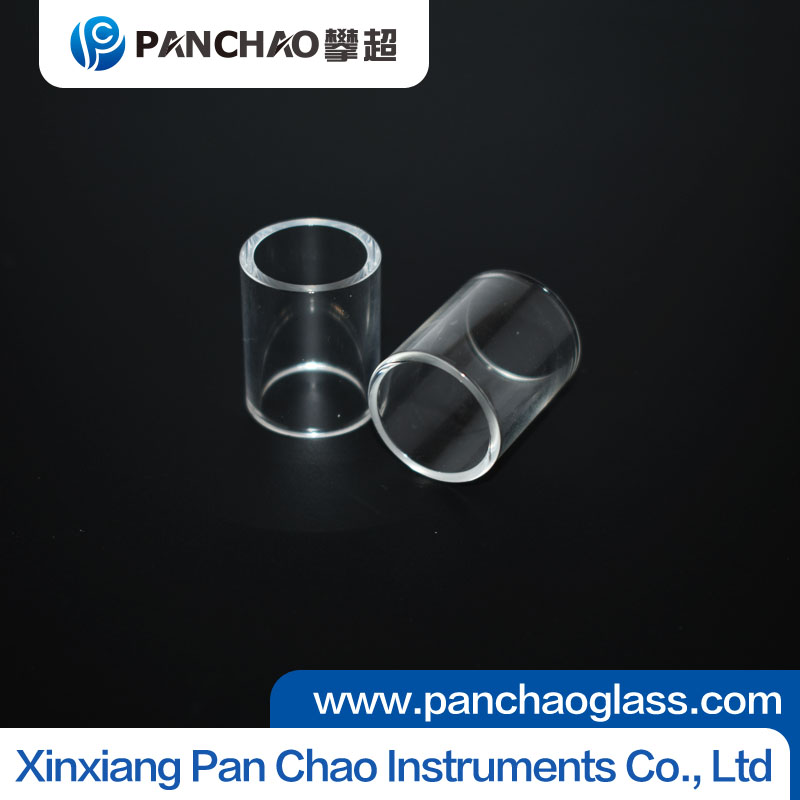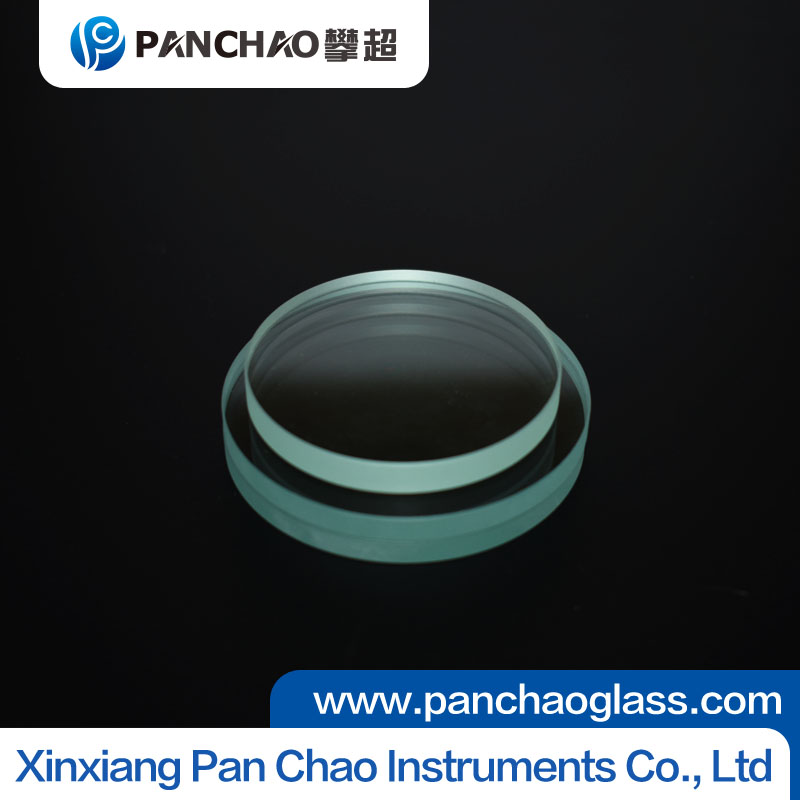
Custom Glass Tube Manufacturing Process: From Cutting to Fire Polishing
Producing custom glass tubes requires precision craftsmanship to meet exact size, clarity, and performance requirements. From raw tube preparation to final surface finishing, every stage in the process affects the product’s strength and appearance. Here’s a step-by-step overview of the typical custom glass tube manufacturing process.
1. Cutting
The process begins with cutting raw glass tubing into specified lengths. Using diamond-tipped blades or precision scoring tools, technicians make clean, straight cuts to avoid cracks or edge chipping. Automated cutting systems ensure high dimensional accuracy, especially for large-batch production.
2. Edge Grinding and Calibration
After cutting, the tube ends are ground and deburred to remove sharp edges. This step ensures safe handling and proper fitting during assembly. For tight-tolerance applications, dimensional calibration is performed using CNC-controlled equipment to maintain consistent inner and outer diameters.
3. Fire Polishing
Next comes fire polishing, where the tube ends are exposed to a high-temperature flame—usually from an oxyhydrogen torch. The surface slightly melts, creating a smooth, glossy finish while sealing micro-cracks formed during cutting. This improves both aesthetics and mechanical strength.
4. Additional Processing (Optional)
Depending on requirements, tubes may undergo bending, drilling, or sealing operations. High borosilicate or quartz tubes are often customized for laboratory, optical, or industrial use, demanding strict thermal and dimensional stability.
5. Inspection and Quality Control
Each tube is visually inspected for bubbles, scratches, and dimensional deviations. Optical clarity and roundness are verified before packaging.
Conclusion
From precise cutting to meticulous fire polishing, every stage of custom glass tube fabrication determines its durability, transparency, and precision fit—qualities essential for scientific and industrial applications.
Related articles
- Common Problems and Solutions in Custom Non-Standard Sight Gl
- Safety of Tempered Sight Glass: Impact Resistance Testing Exp
- Light Transmittance Testing and Applications of Quartz Glass
- Thermal Stability of Borosilicate Glass: Why It’s the Indus
- Sight Glass Selection Guide for High-Temperature Environments
- Comparison of Borosilicate, Quartz, and Tempered Glass: Three
- Impact Resistance Advantages of Tempered Small Glass Tubes
- Protective Measures Against Tempered Sight Glass Explosion
- Key Precautions for Secondary Processing of Tempered Glass
- Future Trends: How Smart Equipment Is Shaping New Demands for

Xinxiang Pan Chao Instruments Co., Ltd.
Tel: +86 13343800331
Contact person:Carrie Niu
Fax: 0373 303 0331
Email:sales@panchaoglass.com






